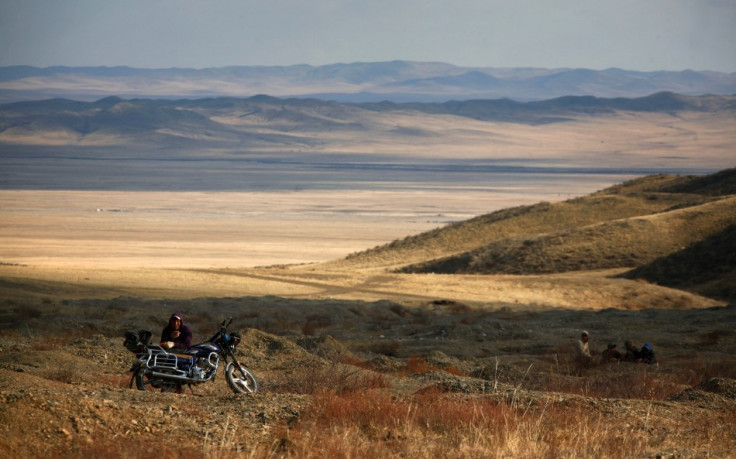Mongolia to Double Mining Territory to Boost Shale and Coal Supplies

Mongolia is to more than double the area of land which can be mined in the hope of attracting $1bn of investment this year.
Vice-minister for mining Erdenebulgan Oyun has suggested that the move would end Mongolia's dependence of foreign oil by 2020 by giving it access to more energy sources, including shale gas, oil and coal.
Currently, 8% of Mongolian territory is open to mining and exploration. However, in 2010 a ban on new mining licences was issued. The legislative move would repeal this ban, increase mineable territory to 20% and allow companies to explore for 12 years, as opposed to the existing nine-year time limit.
Erdenebulgan said: "The law is outdated and many industries are unregulated." He hoped the law could be passed within one month.
Mongolia is one of the world's most mineral-rich countries, but efforts to access the resources have thus far proven problematic.
The country's Oyu Tolgoi gold and copper mine was the biggest mining exploration project in the world for some years, with 18 exploration drill rigs on the property by 2003.
However disputes between the mine's financial sponsors, Rio Tinto and the Mongolian government, led to huge delays. The government was angered at the Anglo-Australian company's scaling back of local employment, with the miner fearful of popular local support for repatriation of part of the territory.
By 2013, costs had spiralled over $10bn with the sponsors struggling to attract investment because of the impasse.
Considering Mongolia's national GDP is just over $10bn, analysts view the potential of the mine as extraordinary.
Throughout 2014, the Mongolian government has been looking for ways to make the country a more attractive investment destination, after GDP growth dipped from a world-leading 17.5% in 2011 to 11.7% in 2013.
© Copyright IBTimes 2024. All rights reserved.






